19 must-visit museums in Oaxaca: the cultural epicenter of Mexico
Museums in Oaxaca are considered one of the jewels of Mexico where you will learn about the rich pre-Hispanic history and art origins of the Oaxacan culture. Here are the Oaxaca Museums that you shouldn’t miss when in town!
Oaxaca is a treasure trove of cultural and historical richness, boasting an eclectic mix of museums that cater to a wide range of interests. These institutions delve into the vibrant tapestry of pre-Hispanic civilizations, showcasing artifacts that span centuries of indigenous history and artistry.
Contemporary art enthusiasts will find spaces dedicated to modern expressions and photography, while those fascinated by traditional crafts can explore museums focusing on textiles, pottery, and woodcarving.
Science and nature are also well represented, with facilities dedicated to botany and astronomy, offering insights into the natural world that surrounds this diverse region.
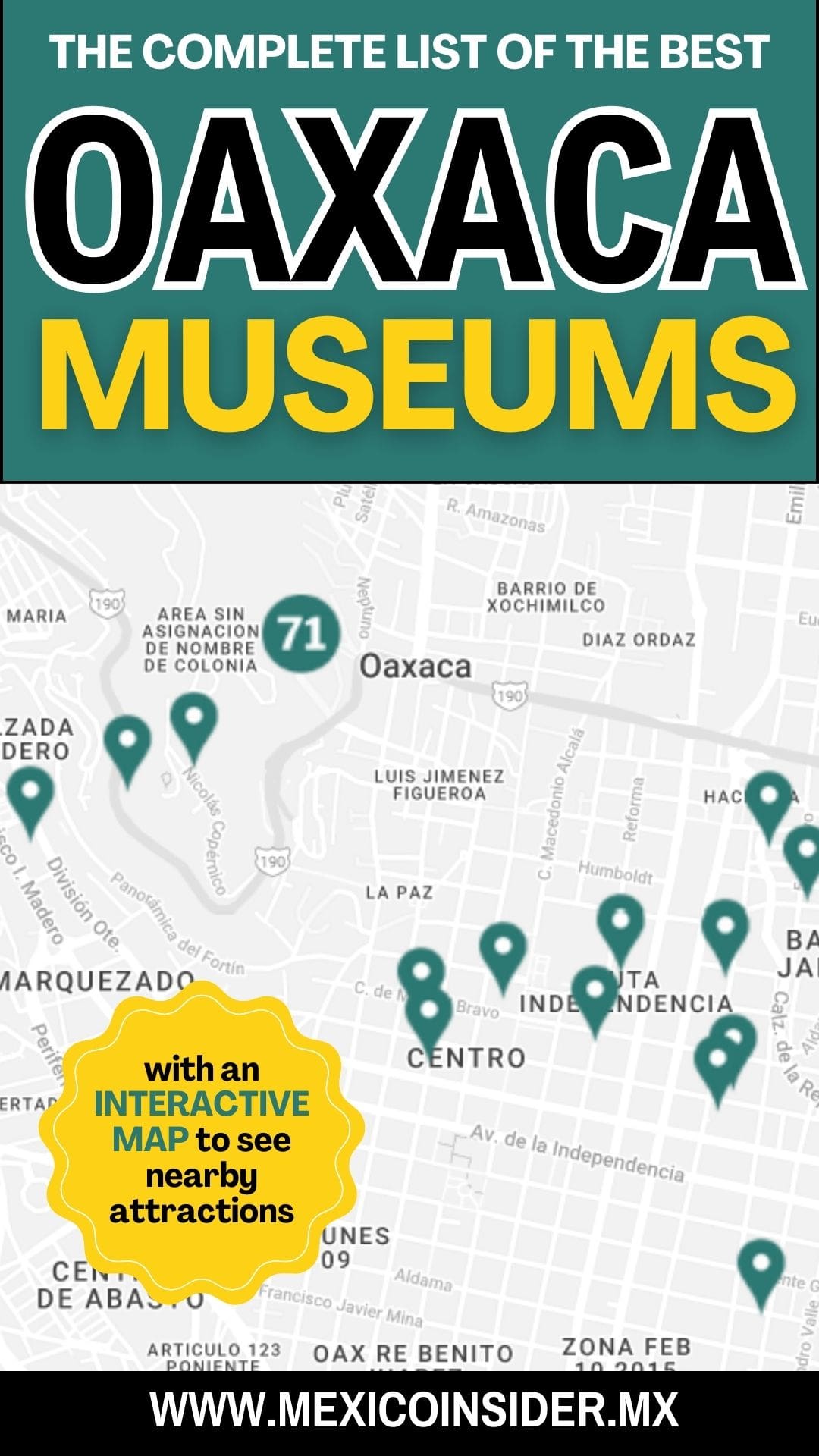
Oaxaca is renowned for its rich artistic heritage, particularly in areas such as textile weaving, pottery, woodcarving, and painting.
The region’s textiles are celebrated for their vibrant colors and intricate patterns, often woven on backstrap looms using traditional techniques passed down through generations.
Oaxacan pottery, including the famous black clay (barro negro) and green glazes of Atzompa, showcases a mastery of form and function. Alebrijes, brightly colored fantastical creatures carved from wood, exemplify the imaginative spirit of Oaxacan art.
Additionally, the area’s muralism and contemporary painting continue to make significant contributions to Mexico’s rich tapestry of visual arts.
Plan your trip to Mexico with us! Get expert travel advice and customized trip-planning itinerary from our local experts on the ground.
Here are the best museums in Oaxaca with location, how to get there, and golden tips for each museum:
1. Museum of the Oaxacan Painters (MUPO)
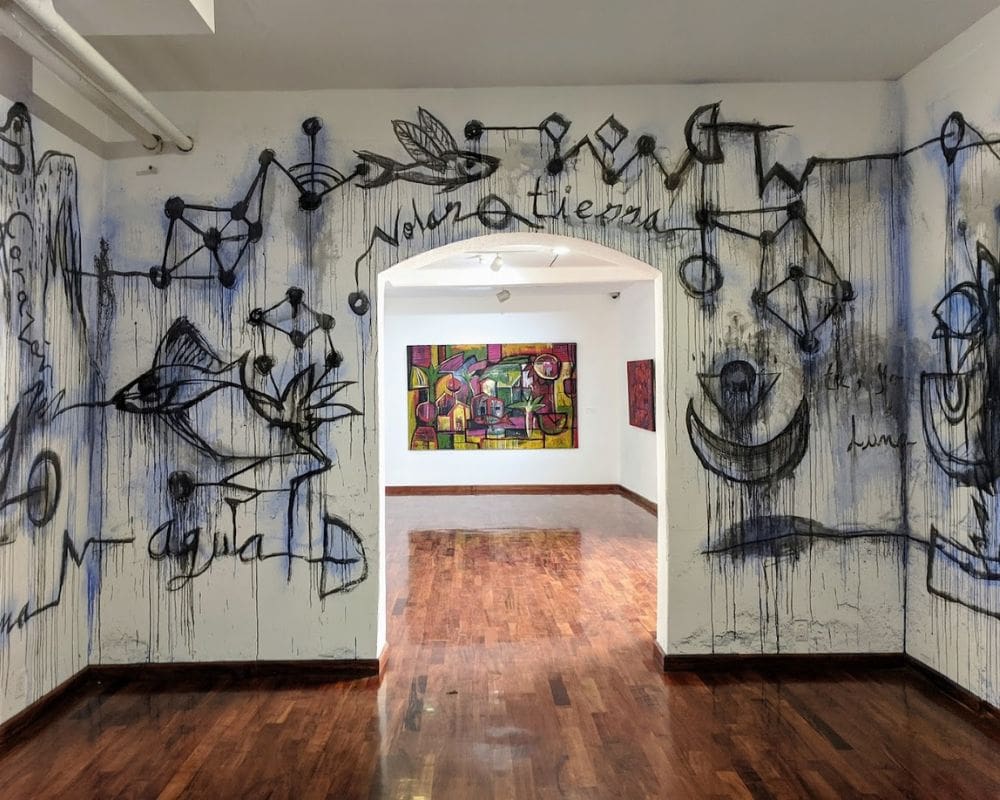
The Museum of the Oaxacan Painters (Museo de Los Pintores Oaxaqueños), commonly referred to as MUPO, is nestled in the heart of Oaxaca City. It’s set within a beautifully restored colonial building, emphasizing the city’s rich cultural heritage and artistic vibrancy.
MUPO is a beacon for the works of Oaxacan painters, both contemporary and from the past. Its galleries are filled with a mesmerizing array of paintings that reflect the diverse styles and themes unique to the region.
From abstract to figurative, the artworks delve into topics such as indigenous cultures, social justice, and the natural beauty of Oaxaca.
To fully appreciate the depth of the collections, consider joining one of the guided tours offered by the museum. These tours provide insightful commentary on the artists and their works, enriching your visit beyond the visual experience.
2. Museum of Contemporary Art of Oaxaca
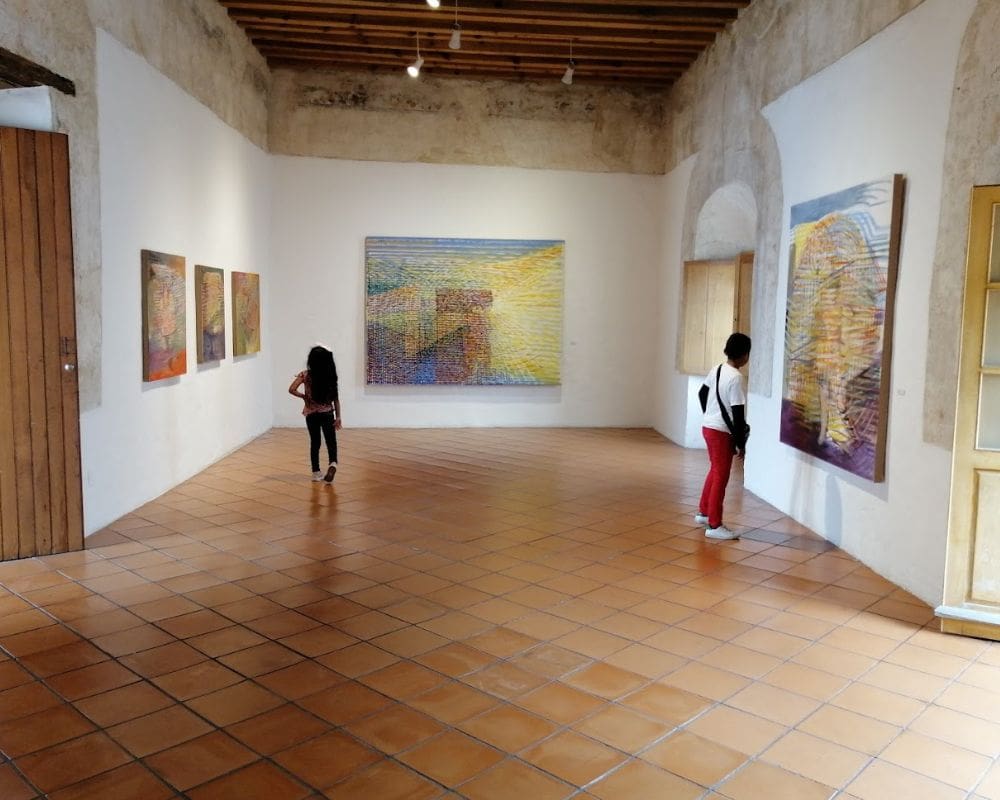
The Museum of Contemporary Art of Oaxaca (Museo de Arte Contemporáneo de Oaxaca or MACO) is another gem among the museums in Oaxaca.
Housed in a 17th-century colonial mansion, MACO has been a pivotal institution in promoting contemporary art in the region since its inauguration.
MACO showcases a diverse range of contemporary art, including paintings, sculptures, installations, and multimedia works by Mexican and international artists.
The museum’s exhibitions are constantly evolving, offering fresh perspectives on contemporary societal, cultural, and environmental issues.
Its exhibitions are thought-provoking, and the museum often hosts artist talks, film screenings, and educational workshops.
3. Institute of Graphic Arts of Oaxaca

Founded by the renowned Mexican artist Francisco Toledo, the Institute of Graphic Arts of Oaxaca (Instituto de Artes Gráficas de Oaxaca or IAGO) is a cornerstone of the cultural landscape in Oaxaca City.
It boasts an extensive archive of graphic arts spanning both Mexican and international works. IAGO’s collection includes a vast array of prints, photographs, and graphic works from various periods and styles.
The institute is dedicated to preserving and promoting graphic arts, with a particular emphasis on works that reflect the social and political history of Mexico and Latin America.
The institute also features a specialized art library, making it a valuable resource for researchers and art lovers alike. Spend some time in IAGO’s library! It’s an excellent place to discover rare books and art publications that are hard to find elsewhere.
4. State Museum of Popular Art of Oaxaca

The State Museum of Popular Art of Oaxaca (Museo Estatal de Arte Popular de Oaxaca or MEAPO) is dedicated to the preservation and promotion of the state’s folk art and crafts, showcasing the rich cultural heritage of the region.
MEAPO exhibits an exquisite collection of Oaxacan folk art, including textiles, pottery, wood carvings, and alebrijes.
These handcrafted items not only display the artisanal skills of the local communities but also tell stories of tradition, identity, and cultural significance.
The museum provides a colorful and insightful journey into Oaxaca’s traditions and the daily lives of its people.
Visit the museum shop to find unique, handcrafted items for sale. It’s a great way to support local artisans and bring home a piece of Oaxaca’s rich cultural heritage. Each purchase helps sustain traditional crafts and the communities behind them.
Learn the art of crafting these vibrant, mythical creatures from local artisans in the charming town of Arrazola. Join our Oaxaca Alebrije Workshop!
5. Manuel Jimenez: The Dream Carver
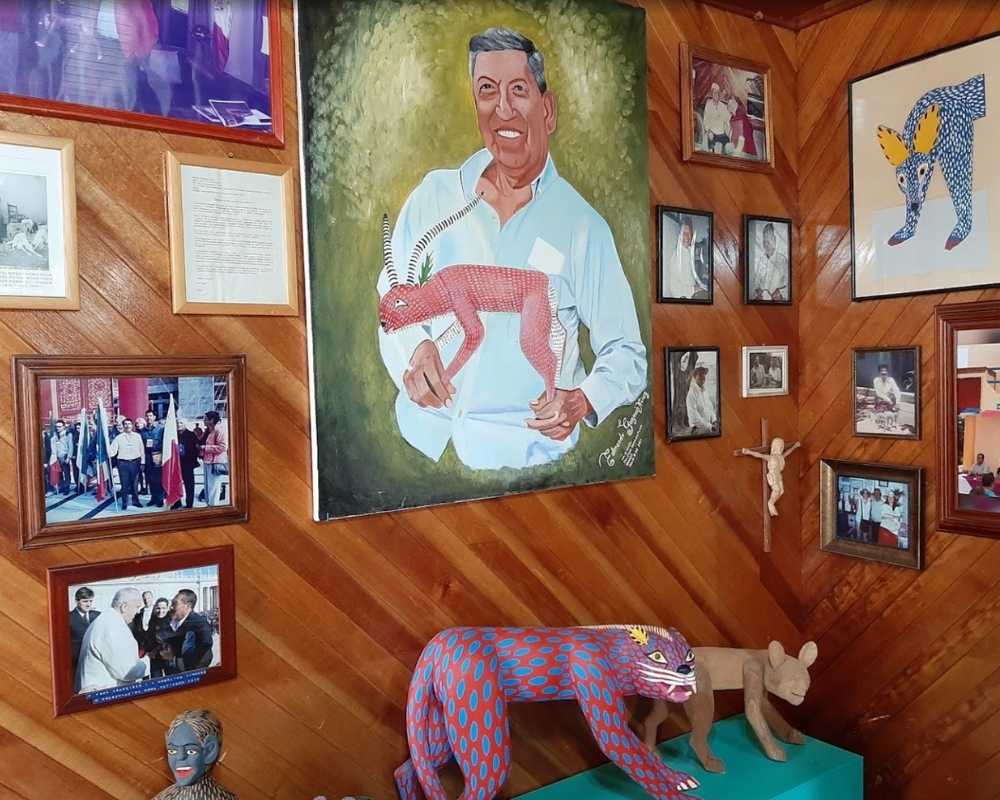
This museum is dedicated to the legacy of Manuel Jimenez, renowned as the father of Oaxacan woodcarving. Situated in the artisan’s hometown, it celebrates his life’s work and the vibrant tradition of alebrijes, fantastical creatures carved from wood.
The museum showcases a stunning collection of Jimenez’s alebrijes, which are known for their intricate designs, vibrant colors, and imaginative forms.
Each piece reflects his deep connection to the natural world and his mastery of woodcarving, painting, and storytelling.
To make the most of your visit, try to coincide it with one of the local workshops or demonstrations. It’s a fantastic opportunity to see alebrije artists at work and perhaps even try your hand at this traditional craft under the guidance of skilled artisans.
6. Philately Museum (MUFI): best of the best museums in Oaxaca

The Philately Museum (Museo De La Filatelia or MUFI) in Oaxaca City is one of the few museums in the world dedicated exclusively to the art and history of postage stamps and philately.
Housed in a beautifully restored colonial building, MUFI has been promoting the cultural significance of stamps since its establishment.
MUFI’s exhibits include a vast collection of stamps from Mexico and around the world, showcasing the evolution of postal services, stamp design, and the historical events and figures commemorated through philately.
The museum’s interactive displays and educational programs make philately accessible and engaging, highlighting the role of stamps in global communication and cultural exchange.
The museum also explores the technical aspects of stamp production and the hobby of stamp collecting. Participate in one of MUFI’s stamp-collecting workshops or talks, which are designed for both beginners and experienced philatelists.
7. Textile Museum of Oaxaca
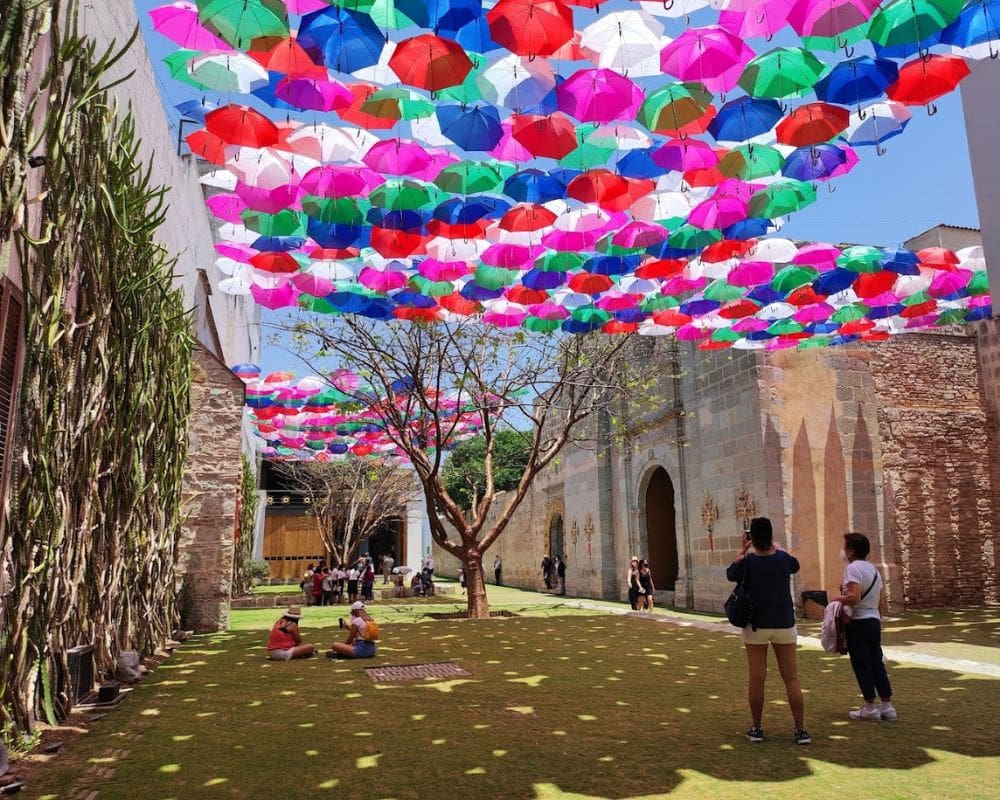
The Textile Museum of Oaxaca (Museo Textil de Oaxaca), nestled within the city’s historic center, is a celebration of the rich textile traditions of Oaxaca and beyond.
The museum is housed in a beautifully restored colonial building, offering a deep dive into the world of textiles. Its collection includes a stunning variety of textiles, from ancient pre-Hispanic pieces to contemporary works.
Exhibits cover the techniques, materials, and cultural meanings of textiles, showcasing weaving, dyeing, and embroidery from Oaxaca’s diverse communities.
For those interested in fashion, design, or cultural history, the Textile Museum is an invaluable resource. It offers workshops, talks, and temporary exhibitions that explore the textile arts in depth, highlighting their role in cultural identity and sustainability.
Visit Teotitlán to meet with a cooperative of loom weavers and discover the rich heritage of Oaxacan weaving on our Oaxaca Textile Tour!
8. Belber Museum

Belber Museum is a relatively lesser-known gem among museums in Oaxaca, dedicated to showcasing the personal collection of the Belber family.
This museum offers a unique perspective on art and history, located within a charmingly restored Oaxacan home.
The collection encompasses a wide range of artifacts, including fine art, historical documents, and everyday objects that paint a picture of Oaxacan life through the ages.
Museo Belber offers a more intimate museum experience, where you can connect with the history and culture of Oaxaca on a personal level.
9. Oaxaca Children’s Museum: best Oaxaca museums for families
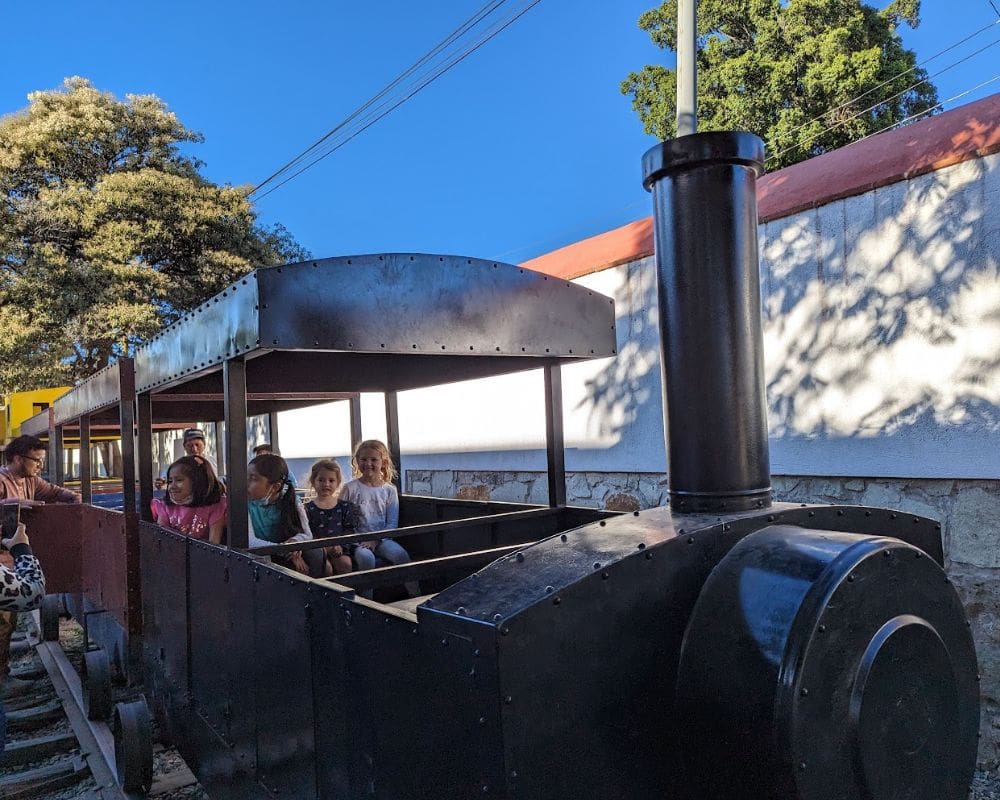
The Oaxaca Children’s Museum (Museo Infantil de Oaxaca or MIO), located within the refurbished San Pablo Textile Factory, provides a creative and educational space designed specifically for children.
This innovative museum is dedicated to stimulating learning through interactive exhibits and activities.
MIO features a variety of interactive exhibits that engage children in learning about science, art, culture, and the environment. The museum’s hands-on approach allows children to explore and discover through play, making education a fun and engaging experience.
This museum is a must-visit for families with young children. It offers a unique educational experience that encourages kids to learn about the world around them in an interactive setting.
MIO also provides a safe and stimulating environment for children to develop their creativity and critical thinking skills. It’s also a great way for kids to meet others and engage in collaborative play!

Puerto Escondido
A laid-back coastal town in Oaxaca known for its beautiful beaches, excellent surfing spots, vibrant nightlife, and charming local markets.
10. Casa Juárez Site Museum

Casa Juarez Site Museum (Museo de Sitio Casa Juárez) is dedicated to the life and legacy of one of Mexico’s most revered figures, Benito Juarez.
Located in the house where Juarez lived during his early years in Oaxaca, the museum offers a glimpse into his personal and political life.
The museum displays personal belongings, documents, and artifacts related to Benito Juárez and the period in which he lived.
It provides insights into his rise from humble beginnings to becoming a national leader and his impact on Mexico’s development as a modern state. It’s a place of inspiration, showcasing how determination and education can lead to significant change and leadership.
11. Ex Convent of San Pablo
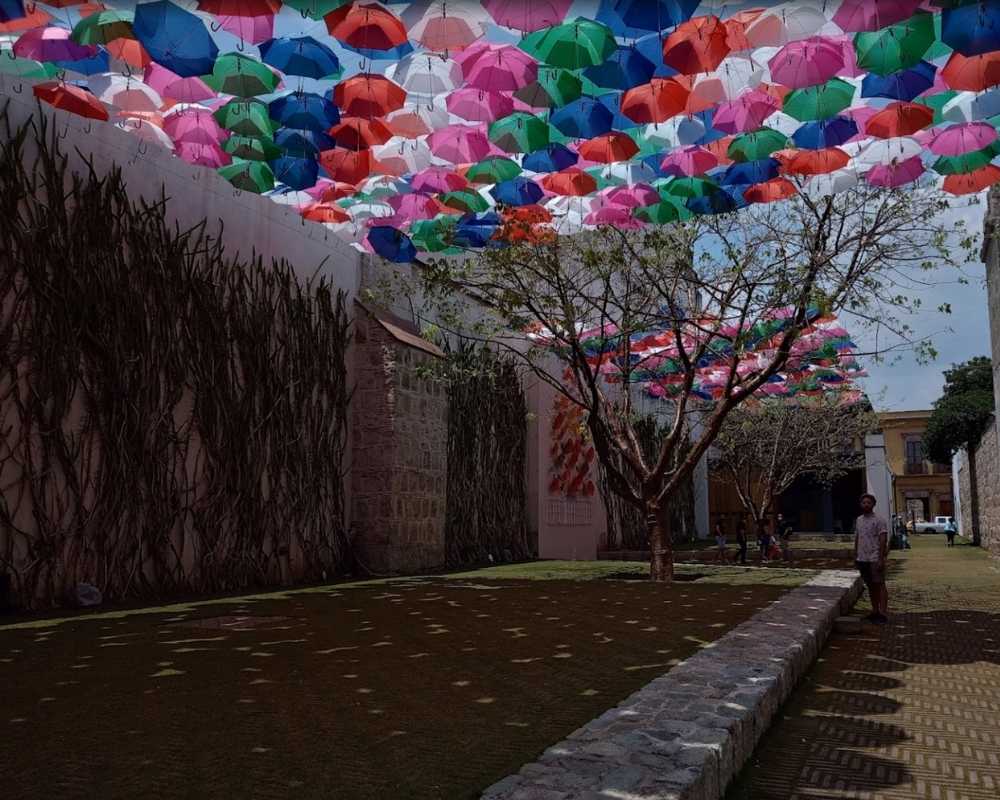
The Ex Convent of San Pablo is a beautifully restored 16th-century convent in Oaxaca City, now serving as a cultural center. This historic building reflects the blend of Spanish and indigenous cultures, characteristic of Oaxaca’s rich heritage.
Today, the Ex Convento de San Pablo hosts a variety of cultural exhibitions and events, including art shows, musical performances, and academic conferences.
Its spaces are dedicated to promoting Oaxacan culture, history, and the arts, fostering dialogue and understanding among diverse communities.
The convent is a stunning example of colonial architecture, offering visitors a chance to explore its tranquil courtyards, chapels, and exhibition spaces. It’s a peaceful retreat from the bustling city, where one can immerse in the cultural vibrancy of Oaxaca.
🥃 You might also like: Spending a day with a local family-owned mezcal distillery in Oaxaca
12. El Quinto Sol Pedagogical Museum of Architecture
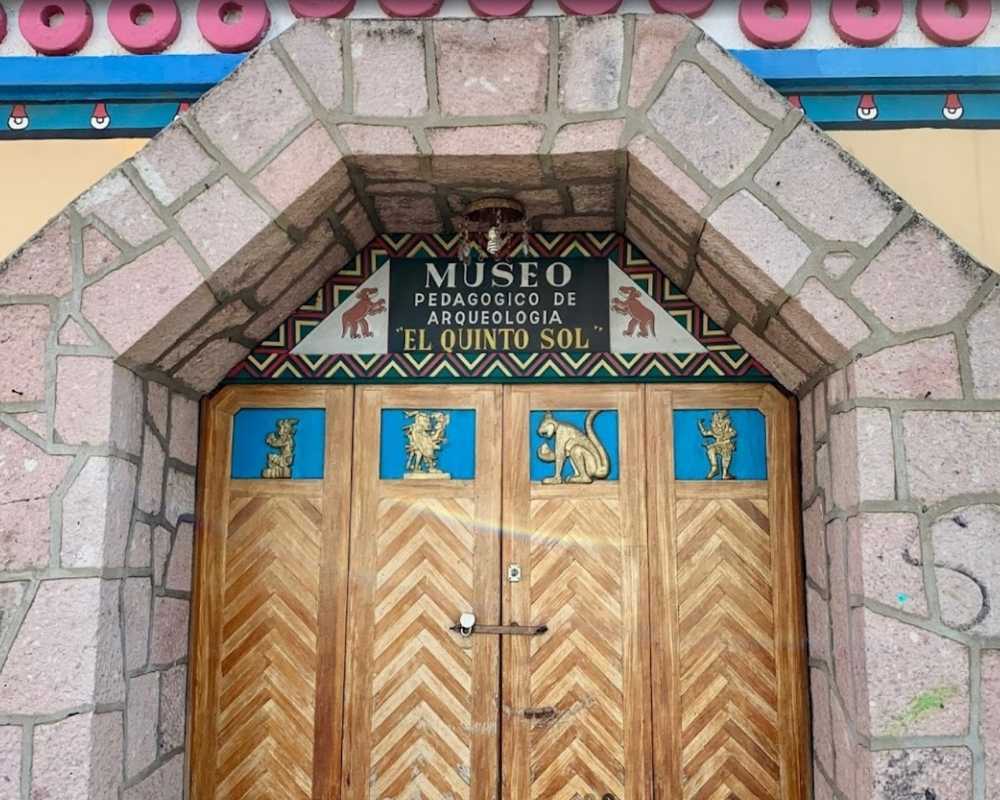
The El Quinto Sol Pedagogical Museum of Architecture (Museo Pedagógico de Arquitectura El Quinto Sol), although less known among the museums in Oaxaca, offers a unique focus on architectural education and history. \It is dedicated to exploring the architectural heritage of Oaxaca and the broader region.
The museum exhibits models, drawings, photographs, and tools related to architecture, with a special emphasis on pre-Hispanic and colonial structures.
It aims to educate visitors about architectural styles, construction techniques, and the historical context of buildings in Oaxaca. For architecture enthusiasts and students, El Quinto Sol is an invaluable resource!
It provides a detailed look at the evolution of architectural design in the region, emphasizing the importance of preserving historical structures while encouraging sustainable modern development.
13. Monte Alban Museum
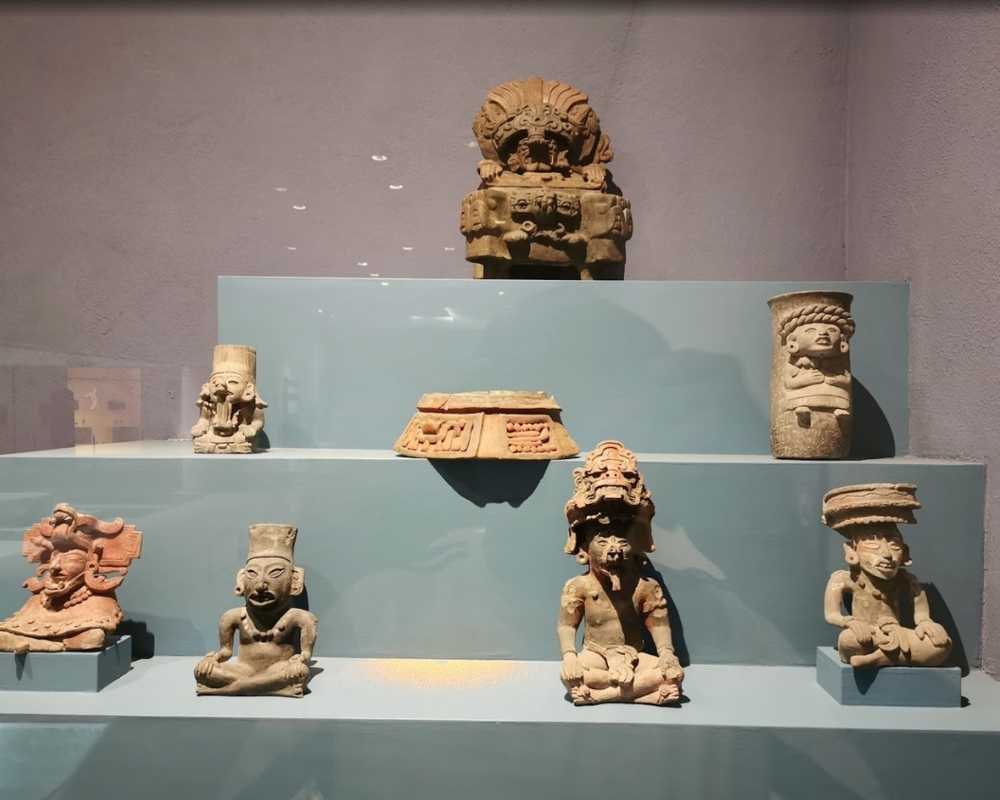
Located at the entrance to the Monte Alban archaeological site, the Monte Alban Museum is essential for understanding the history and culture of the Zapotec civilization.
The museum offers insights into the site, which was once a thriving city and ceremonial center.
The museum’s exhibits include artifacts uncovered during excavations at Monte Alban, such as pottery, jewelry, and tools, as well as informational panels explaining the site’s significance and the daily lives of its inhabitants.
It provides a comprehensive overview of the archaeological and historical research conducted at the site.
Allocate time to visit both the museum and the archaeological site in a single trip. Starting with the museum will give you a solid foundation of knowledge that will make your exploration of the ruins more meaningful and informative.
Join our exciting Monte Alban tour where you will also get to visit San Bartolo Cototepec and Arrazola for black pottery and alebrijes!
14. Rufino Tamayo Museum of Pre-Hispanic Art of Mexico
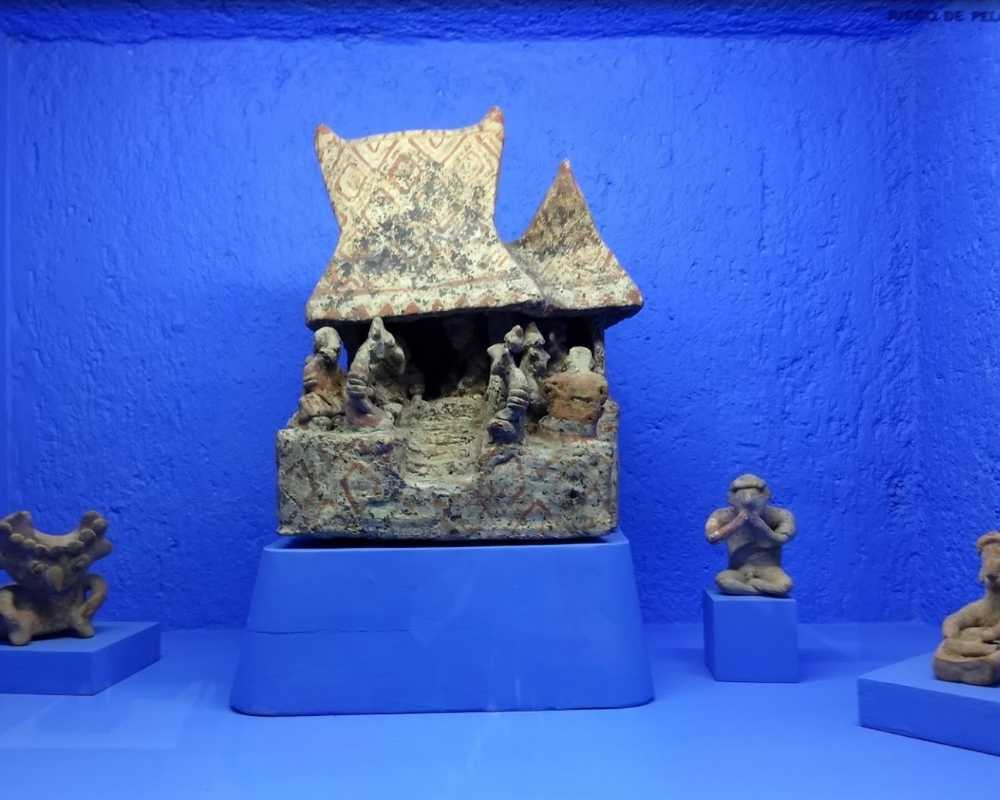
The Rufino Tamayo Museum of Pre-Hispanic Art of Mexico (Museo de Arte Prehispánico de México Rufino Tamayo), founded by the renowned Oaxacan painter Rufino Tamayo, is a cultural treasure among museums in Oaxaca.
It is dedicated to showcasing Tamayo’s personal collection of pre-Hispanic art, offering a unique insight into Mexico’s ancient civilizations.
This museum houses an exquisite collection of pre-Hispanic artifacts from various Mesoamerican cultures, including the Maya, Aztec, and Zapotec.
The artifacts, ranging from pottery and sculptures to jewelry and tools, highlight the sophistication and artistic achievements of these ancient societies.
The museum not only displays a remarkable collection of artifacts but also reflects Tamayo’s vision of integrating pre-Hispanic art within the contemporary artistic narrative.
15. Photographic Center Manuel Alvarez Bravo
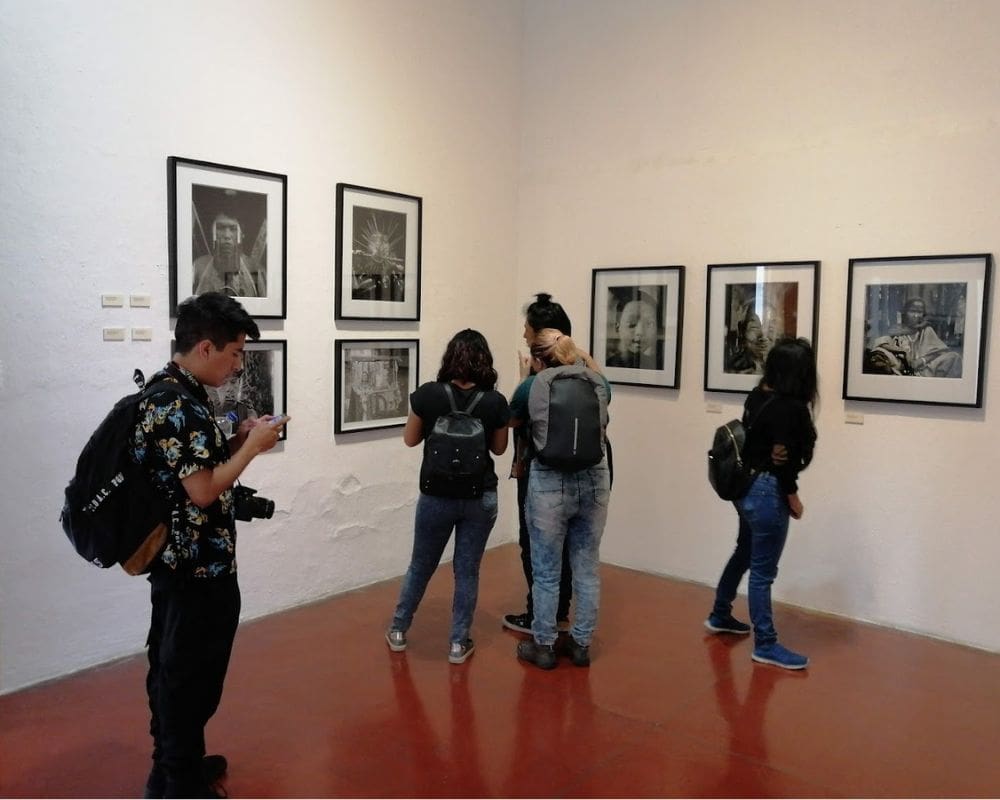
Named after the celebrated Oaxacan photographer Manuel Alvarez Bravo, this center is a focal point for photography lovers. It plays a significant role in promoting photographic arts in Oaxaca, showcasing both historical and contemporary works.
The center features an ever-changing array of exhibitions that explore various themes and styles within photography, from documentary and fine art to experimental.
It highlights works by both Mexican and international photographers, providing a broad perspective on the medium’s evolution and its impact on society.
The Photographic Center is a dynamic space where you can immerse yourself in the world of photography, discover new artists, and engage with visual storytelling. Its workshops, talks, and book presentations offer invaluable opportunities for learning and inspiration.
16. Frontispiece Museum
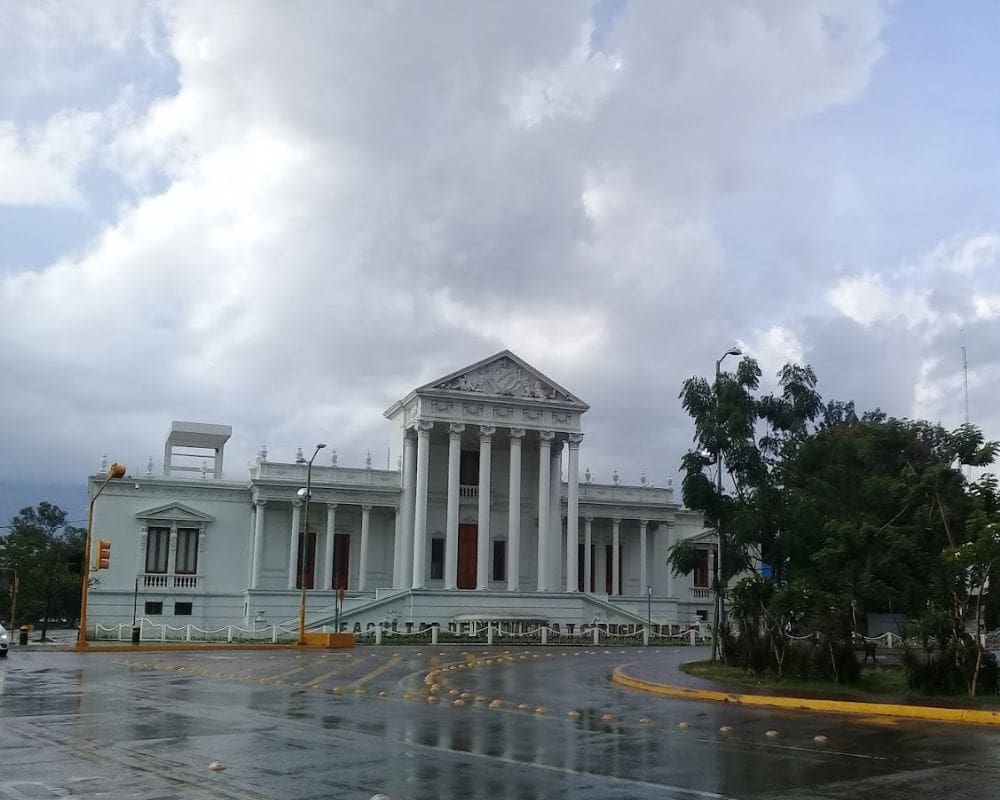
The Frontispiece Museum (Museo del Frontispicio), though lesser-known among the museums in Oaxaca, offers a unique cultural perspective.
It’s situated in a historically significant building and focuses on the architectural and religious heritage of the region.
The museum’s collection includes religious artifacts, art, and documents that trace the history of Oaxaca’s religious practices and architectural designs.
It provides a detailed look into the syncretism of indigenous beliefs and Catholicism, as well as the evolution of church architecture in Oaxaca.
This museum offers visitors a unique insight into the spiritual and architectural history of Oaxaca. It’s an excellent stop for those interested in religious studies, architecture, and the complex layers of Oaxacan culture.
🌶️ Hot right now: How to celebrate dia de los muertos in Oaxaca City
17. Nundehui Planetarium

The Nundehui Planetarium, located on the outskirts of Oaxaca City, offers a journey through the cosmos. Situated on a hill, it provides not only educational content but also breathtaking views of the surrounding landscape.
The planetarium features state-of-the-art projection technology to display stunning astronomical shows. Here, you can learn about the universe, constellations, and the latest discoveries in space exploration.
The planetarium also emphasizes the astronomical knowledge of ancient Mesoamerican cultures, linking past and present understandings of the cosmos.
Ideal for families and anyone interested in astronomy, the Nundehui Planetarium provides an educational and entertaining experience.
The shows are both informative and visually captivating, suitable for all ages. Additionally, the location offers a unique opportunity to stargaze, weather permitting.
Plan your visit during the evening to enjoy one of the stargazing sessions offered by the planetarium. These sessions allow visitors to observe celestial bodies through telescopes, guided by knowledgeable staff.
18. Southern Mexican Railway Museum
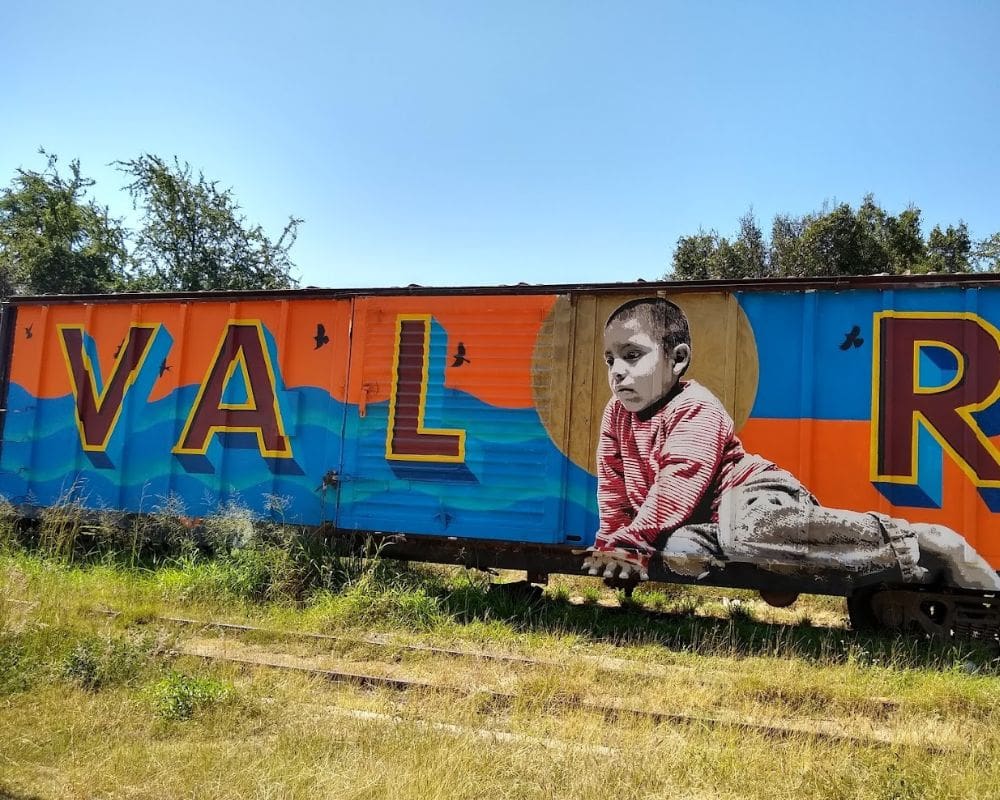
The Southern Mexican Railway Museum (Museo del Ferrocarril Mexicano del Sur), set in a historic railway station in Oaxaca City, celebrates the rich history of rail travel in Mexico.
The museum offers a nostalgic look at the trains that once connected Oaxaca with the rest of Mexico.
The museum exhibits include vintage locomotives, passenger cars, and freight cars, as well as photographs, documents, and artifacts related to the history of the railway in Southern Mexico.
Here, you can explore the restored trains and learn about the development of railroads in the region and their impact on local communities and economies.
It provides a unique opportunity to step back in time and experience the golden age of rail travel in Mexico.
Wear comfortable shoes and be prepared for a bit of walking, as exploring the trains and the extensive grounds can take some time.
19. Oaxaca Ethnobotanical Garden

The Ethnobotanical Garden of Oaxaca City, established in the late 1990s, is located within the grounds of the 16th-century Santo Domingo de Guzmán monastery.
This garden represents a significant effort to conserve the rich botanical heritage of Oaxaca, a region known for its vast biodiversity and indigenous knowledge of plants.
The garden showcases an extensive collection of plants native to Oaxaca, arranged in a way that reflects their ecological and cultural significance.
You can explore various sections dedicated to medicinal plants, food crops, and ornamental species, each telling a story of the local ecology and the ways these plants have been used by indigenous communities for centuries.
The layout itself is designed to mimic the natural landscapes of Oaxaca, from desert to tropical forest environments.
The garden also hosts workshops and exhibitions on environmental conservation and plant-related art, making it a hub for education and cultural activities.
Looking for more travel tips for Oaxaca City?




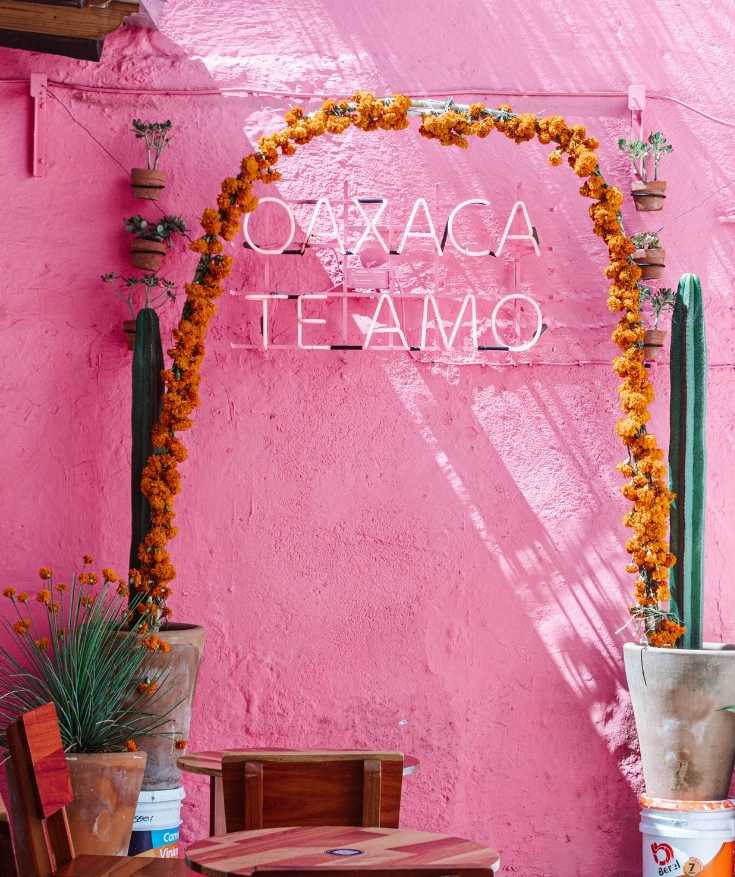


Yes, there are great museums in Oaxaca de Juarez. It’s not a big city but has more fascinating museums than most of the big U.S. and Canadian cities.